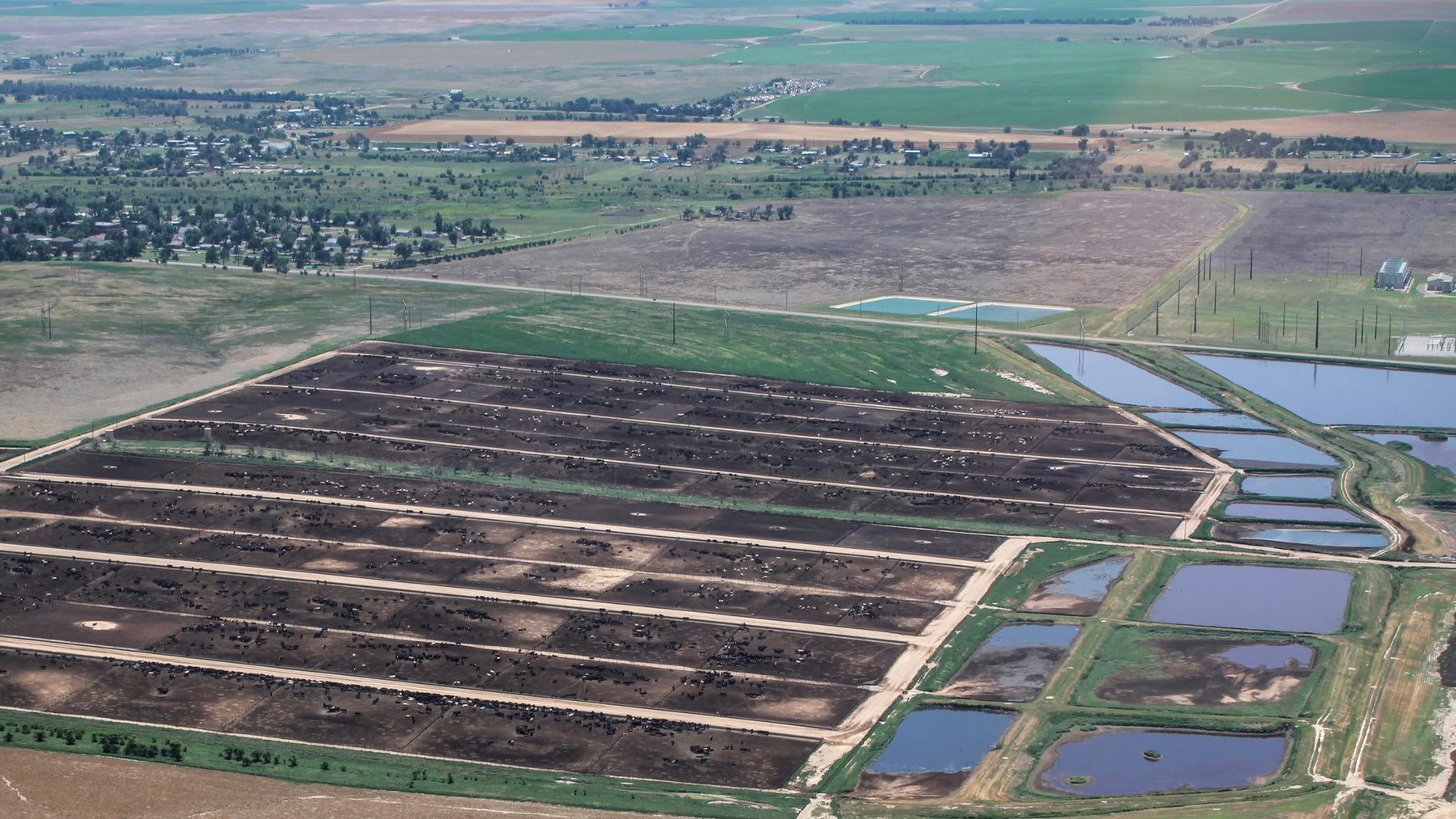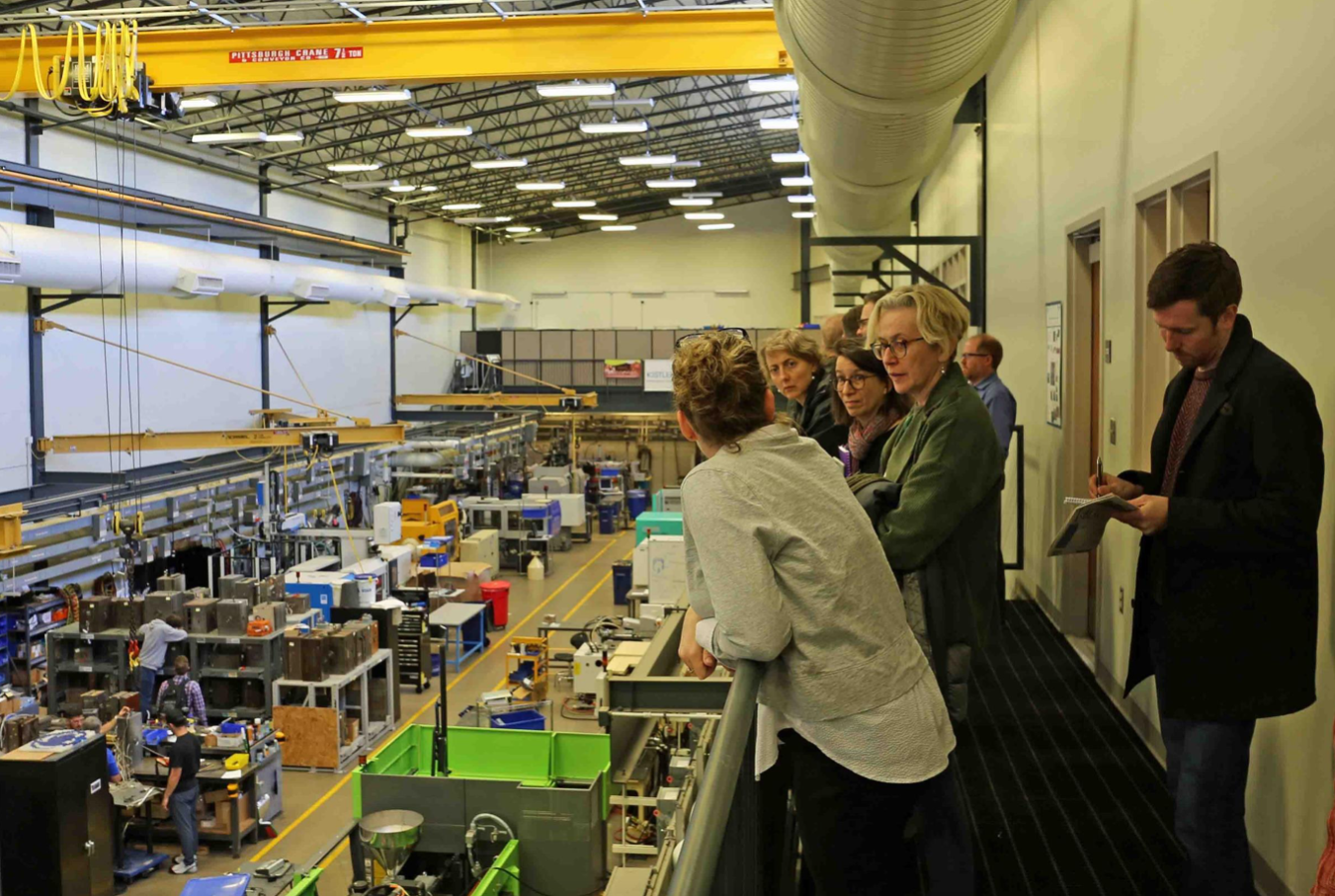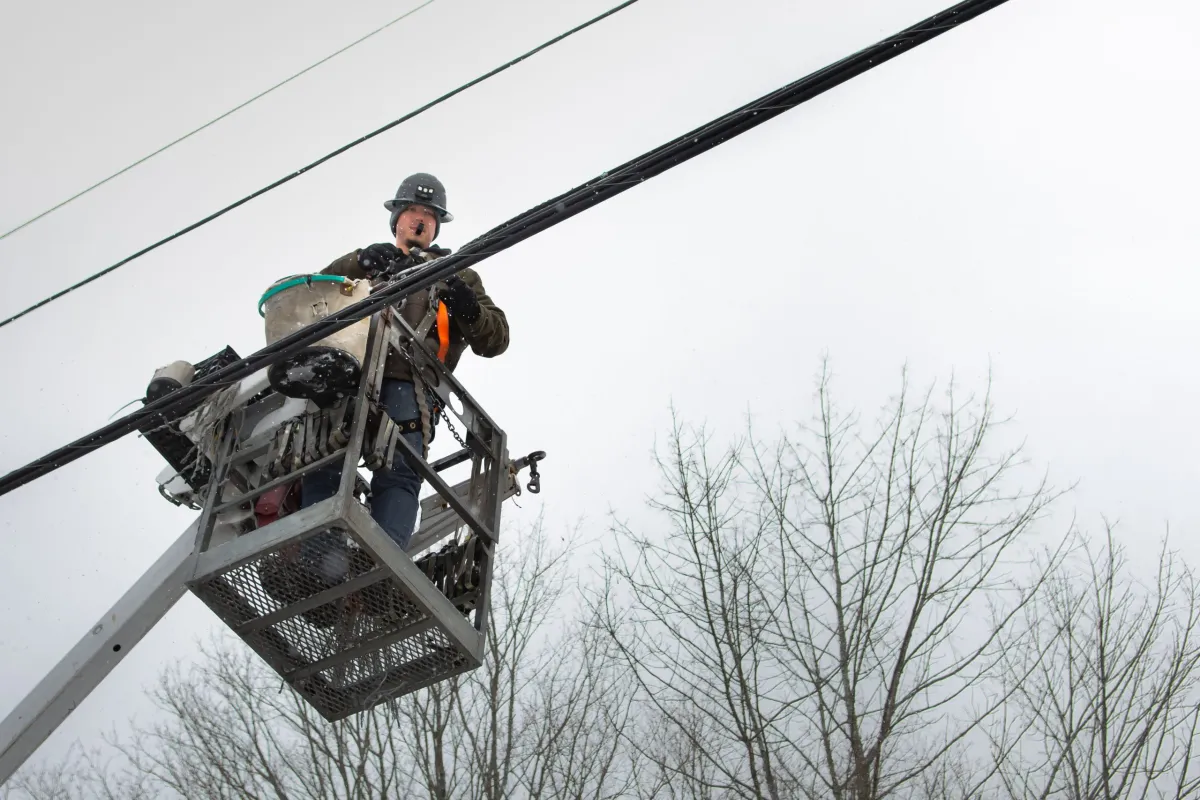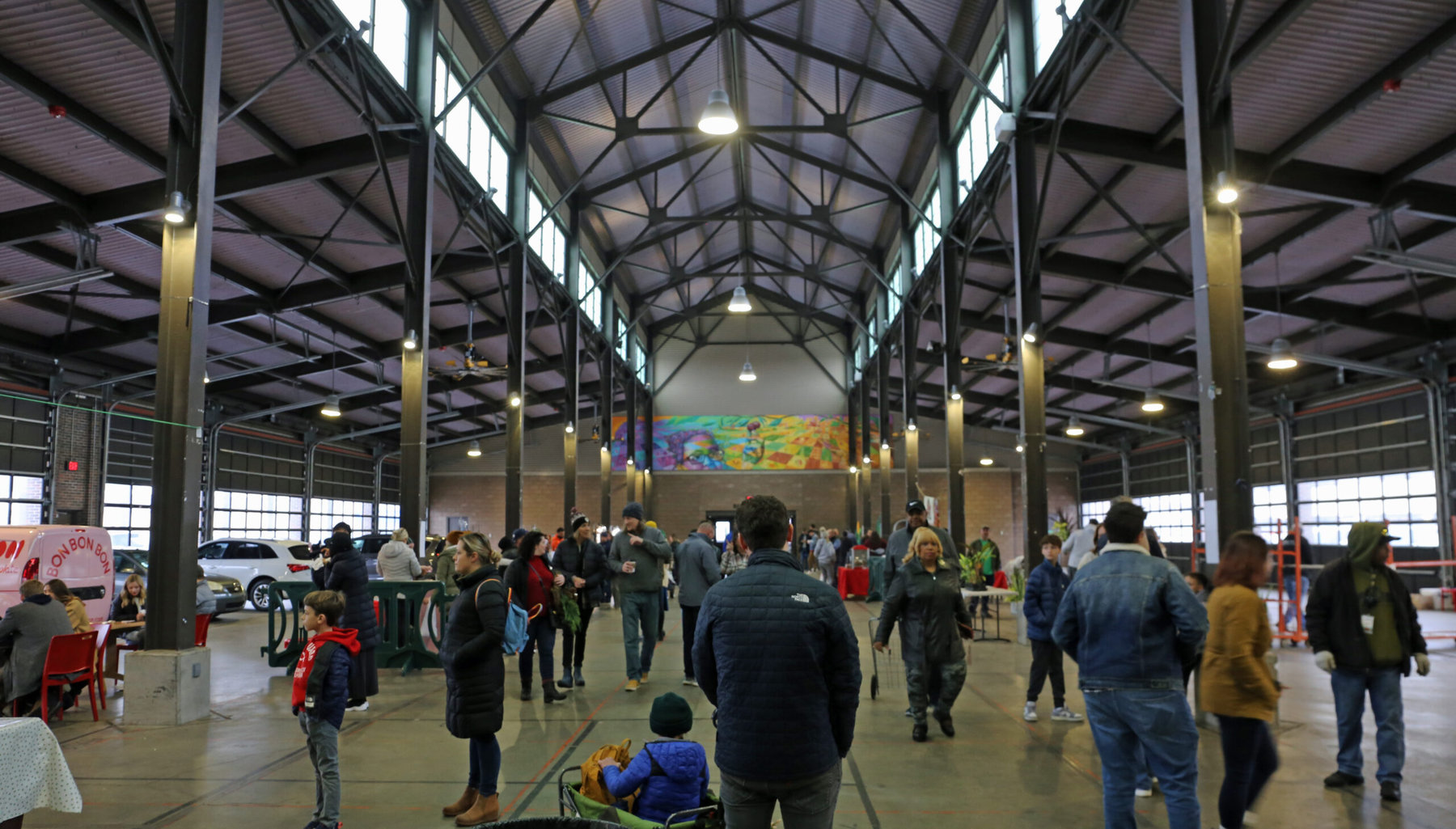I’ve spent the past week in western Kansas. Yesterday I mentioned the vast arrays of wind turbines that my wife Deb and I saw in Spearville, just east of Dodge City. They can be a significant part of the region’s economic future, given the natural advantage of the plains states in wind-generation potential—as shown on the map below. The biggest-picture policy questions about wind energy are not my topic at the moment. They’re for another time. I’m just setting up some photos I’d like to show.
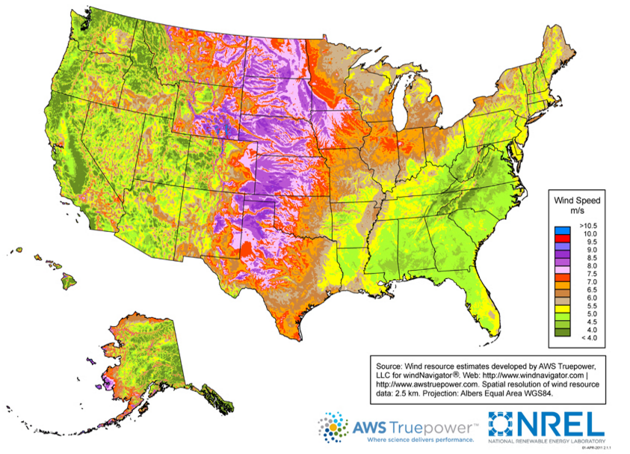
I also mentioned yesterday the role of beef packing houses as the dominant employers in the Kansas towns of Dodge City, Garden City, and Liberal. This map, showing cattle concentrations across the country, interestingly parallels the wind map. And in this one too, the southwestern corner of Kansas is a center of activity.
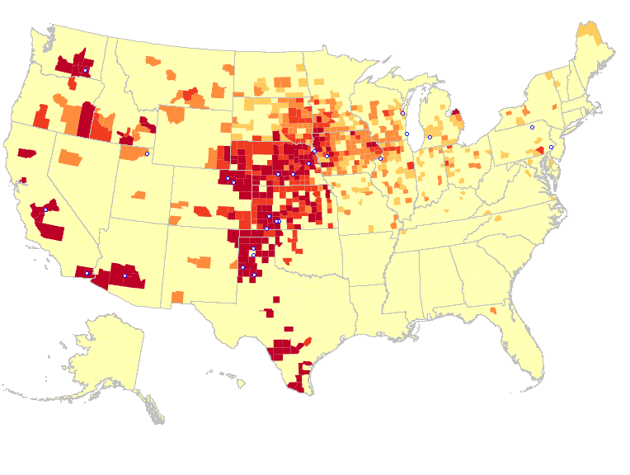
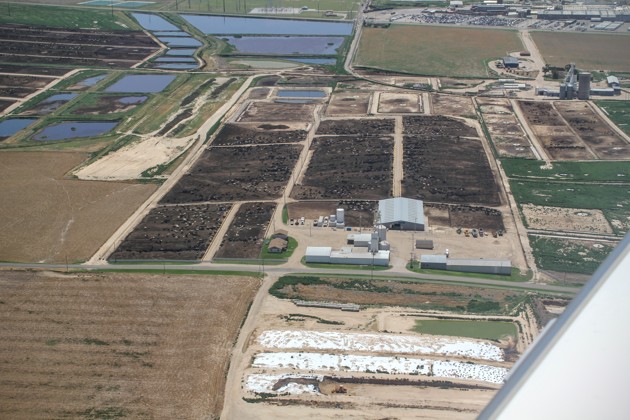
The black dots you see within each feedlot enclosure are of course the cattle.
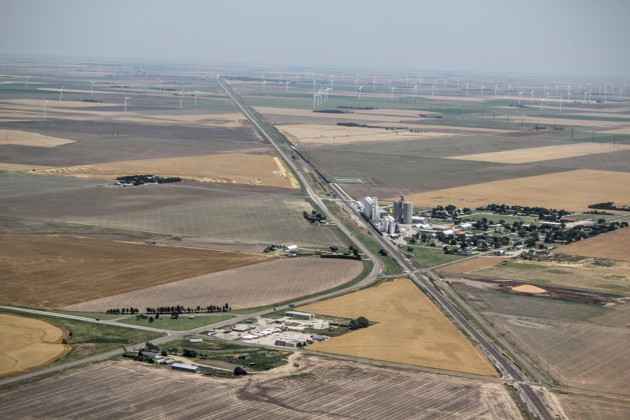
Of course the original and ongoing foundation of the area’s economy is farming, especially wheat. Why not one more map? Here is wheat production, again with a focus on Kansas:
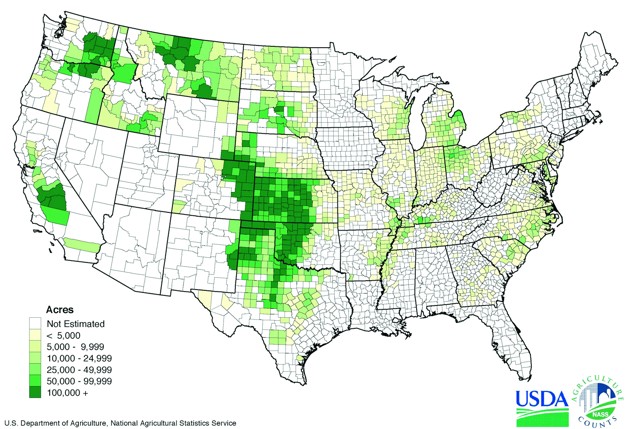
Here is how that part of the region’s economy looked this afternoon. This shot was taken just a few minutes after the ones above. It shows the stunning beauty and precision of the harvest.
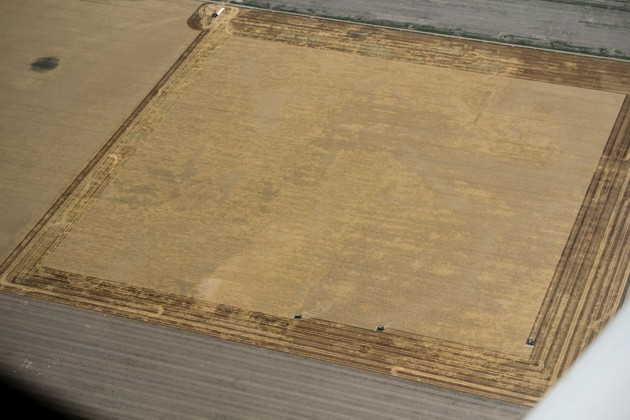
Sometimes the aerial view is unrevealing about activities at ground level. Software companies, for example, usually look like warehouses from above. Other times, it has a storybook quality, of illustrating the way that natural features and human efforts intertwine. Today’s view had that quality.

